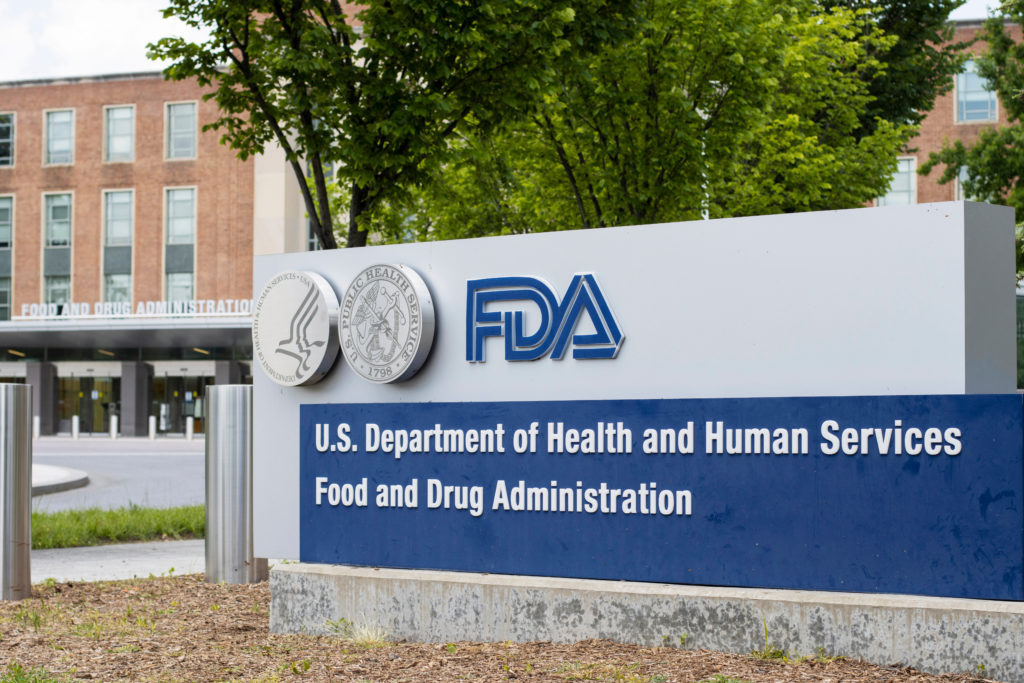
Blog
Why a Modernized Post Market Assessment Process at FDA Can Benefit Consumers and Industry
I’ve said this before, but it will only continue to ring true: the consumer packaged goods industry shares the FDA’s commitment to providing consumers with safe and nutritious food. To that end, we also support the agency’s efforts to launch a systematic process for the post market assessment of chemicals in food to, in part, maintain consumer confidence in the food supply and promote a more predictable regulatory landscape for industry.
That is why we believe the agency needs to publicly defend ingredients that it has assessed and confirmed remain safe for consumers and have a proactive agenda for assuring the safety of substances added directly or indirectly to food provides food companies with regulatory certainty. This helps to:
- Negate the ill-advised and disruptive state-by-state patchwork legislation;
- Strengthens areas of critical interstate commerce for food products; and
- Reaffirms FDA’s federal authority and expertise in food safety.
Launching a more modernized systematic process for post market assessments will bring needed visibility and awareness to existing processes and reviews undertaken by the FDA and will support the agency’s reputation as a leader on the global food safety stage — a reputation built and sustained by using sound, risk-based, and validated science in its risk assessment decisions.
Now more than ever, it’s important the agency move forward with updates as the amount of information available on food substances has exploded in recent years — both reflecting sound science and risk assessment by authoritative bodies, as well as information that is unfortunately much less reliable. Doing so would provide confidence to public stakeholders regarding the regulation and management of food ingredients currently in commerce, as well as provide assurance to consumers that the food supply in the US is the most robust and safe in the world.
It’s critical the FDA is at the forefront of weeding out the noise from true signals, assuring its evaluations and assessments of food substances are science and risk-based, and communicating the results of its safety assessments and evaluations clearly. The first step is multi-source signal monitoring to drive decisions on identifying and selecting substances for post market assessment by the agency, as well as FDA’s approach of triaging chemicals identified for post market assessments through monitoring to ensure that FDA’s resources are appropriately expended on chemicals where new information is deemed relevant to human health risk assessment.
The agency’s monitoring should include scientific publications, global regulatory information and actions, as well as other scientific, publicly available information. Moreover, information sourced from general news reports, social media or other sources that are not subject to scientific peer review or well-controlled data and assessment should be validated to determine their legitimacy. Further, the FDA should focus its attention on reputable scientific sources as opposed to social media or even mainstream media to drive decision-making.
Should the agency move forward with its Fit for Purpose Decision step and the use of two types of assessments — focused and comprehensive — to ensure the proper depth of assessment of chemicals and use of FDA resources, it should then also be a priority for the agency to present in detail to the public its methodology and criteria that will be used for both fit for purpose decisions as well as risk prioritization and seek comment on these approaches to ensure they are objective, comprehensive of relevant risk factors and scientifically sound.
Moreover, the FDA needs to address how it will manage uncertainty when weighing decisions around prioritization and the type of assessment to utilize. Such decisions are dependent on having enough data and information. If there is an insufficient baseline of available information, FDA should first work with stakeholders to facilitate data collection and generation before initiating prioritization or an assessment.
While FDA’s two-pronged approach of focused and comprehensive assessments is appropriate to assess public health risks of chemicals directly or indirectly added to food, it would be beneficial to create a separate process for unintentionally added and unavoidable environmental contaminants. The agency should foremost focus this framework on food chemicals that are tied to processes linked to a pre-market regulatory process, and FDA should focus this post-market assessment program on food and color additives, food contact substances and Generally Recognized as Safe (GRAS) substances.
FDA’s proposal has embedded a prioritization step in the comprehensive assessment process, but there is not a similar step in the focused assessment process. The addition of a similar prioritization step to Focused Assessments and that the results of each of the prioritization steps be used to establish a public facing workplan developed transparently and with stakeholder engagement.
Through the risk prioritization process, FDA needs to ensure a reasonable expectation for volume and throughput and anticipated timeframes for its post-market assessments to ensure a robust program, accountability and management of resources.
Moreover, FDA also needs to communicate with stakeholders about where each substance currently resides in the process and be transparent about its work plan, and should, ideally, maintain an up-to-date summary on its website detailing where each food substance currently resides in the post-market surveillance, prioritization and assessment phases.
Relatedly, FDA should clearly communicate to the public about any post-market assessment lists it generates and what they signify. The elevation of any food chemicals for post-market review has the potential to be misunderstood by the public as signaling an adverse safety determination, which could cause premature stigma of ingredients and negative marketplace impacts. The agency also needs to publicly defend its conclusions and the ingredients it has assessed and confirmed remain safe for consumers.
For both Focused and Comprehensive Assessments, FDA should communicate to the public when it initiates either form of assessment and be open to direct engagement from stakeholders to identify and gather any available information that should be considered. This could include a broad request for any data relevant to the hazard or exposure assessment, or it could include a very focused request for specific data.
Similarly, for both the Focused and Comprehensive Assessments, where the publication of conclusions includes specific risk management actions, public comment should be sought prior to initiation of these actions to ensure they can be implemented in a manner that protects public health, and importantly, will not create shocks or disruption to critical parts of the food supply chain. FDA should account for the time needed for manufacturers to engage in reformulation, relabeling, and clearance of products in retail circulation when considering whether to make changes to the regulatory status of a food substance.
This is particularly important for any risk management actions that are sought following the more limited Focused Assessments that may be subject to less public visibility during the assessment phase. Exceptions could be made where an acute public health risk has been identified that warrants rapid implementation.
The capacity of the agency to, in a timely manner, complete post-market risk assessments, including any risk management and risk communication activities is also extremely important for the success of the program.
It’s worth noting that we value FDA’s willingness to continue to engage with stakeholders on food chemical safety and the post-market regulatory landscape, and we encourage the agency to share more information and seek public comments on the processes and scientific criteria that will be used to inform decision-making around surveillance, prioritization, and post-market safety reviews.
Published on September 26, 2024





